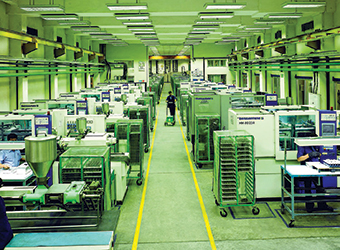 Machine Injection Moulding process is a boon to auto component industry as it helps in making intricate parts.
Machine Injection Moulding process is a boon to auto component industry as it helps in making intricate parts.
Bangalore-based Indo MIM, the manufacturer of components through Metal Injection Moulding (MIM) process will soon commence exports to China. The company has been shipping precision-engineered products to more than 45 countries. Suitable to make critical metal components of complex geometries and three-dimensional asymmetry in large volumes, MIM technology is sought after by the auto industry for intricate parts used in engines, gearboxes, turbochargers, locking mechanisms, steering systems and electronic systems.
Speaking to Auto Components India, the chairman of Indo MIM, Dr Krishna Chivukula said, “We make components through MIM process, which combines the shape-making capabilities of plastic injection molding with the material flexibility of powder metallurgy.” As scope in the domestic market was meagre when the technology was introduced in 1998 the company focused on exports. About 92 percent of the production is exported now. “Bagging orders from China is significant since it is a very big market,” he said. This was possible as it established its marketing office in the country. There are companies making components though MIM process, but quality is an issue. “We demonstrated our quality and offered more value than the local companies,” he said.
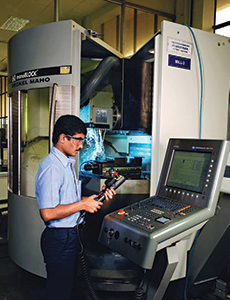 MIM process brings designers dream in to reality
MIM process brings designers dream in to reality
Process Flow
MIM production process can be classified in to four major steps: compounding, molding, de-binding, and sintering. Fine metal powders of particle size less than 20 microns are homogeneously mixed with the proprietary binders to produce a feedstock, which is then injected under high pressure into an engineered mould cavity to form a specific shape. As the ‘green part’ that emerges out of the earlier process has binder constituents, it undergoes a debinding process to remove 90 percent of the binders. Later the component passes through vacuum furnace and undergoes thermal process for 22 hours where the remaining binders are extracted. Here the part shrinks by around 20 percent of its original size.
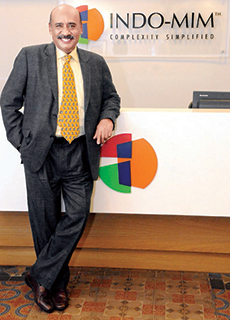 Dr. Krishna Chivukula, chairman, Indo MIM
Dr. Krishna Chivukula, chairman, Indo MIM
High-strength steels, stainless steels, refractory metals, titanium and copper alloys are commonly used in MIM to produce a part that typically weighs between 0.5 up to 200 grams. Currently Indo MIM imports metal powders in particle size less than twenty microns from Germany and stainless steel from the UK and Japan. Due to this small size of powder, the density of the component increases to 98.5 percent of theoretical desnity so the parts get stronger and can take stress equivalent to wrought material. As a backward integration the company hopes to make metal powders in house due to large consumption.
Apart from the various off-the-shelf material solutions for heat, wear, and corrosion resistance, Indo-MIM also relies on its in-house materials laboratory, which is a pioneer in using the MIM process with the material such as T400, XEV, Nimonic 90/60, says Manoj Kabre, vice president – marketing, Indo MIM. These high-temperature-resistant materials are used in turbocharger and fuel injection components.
Parts produced by Indo MIM are used for sensor housings, seatbelt mechanism, brake parts, ABS, injector nozzles, armatures, housings for fuel systems, turbocharger, hydraulic spools, rocker arm, connectors and heat sinks for electrical systems.
Capable of bringing designers’ dream into reality the process gives the entire contour of the component immediately on production in shorter lead-time. Except for specific applications customers will benefit out of eliminating secondary process or assembly operations. Though this process has a limitation to make up to 80 grams, Indo MIM has developed capabilities to make up to 200 grams, Kabre added.
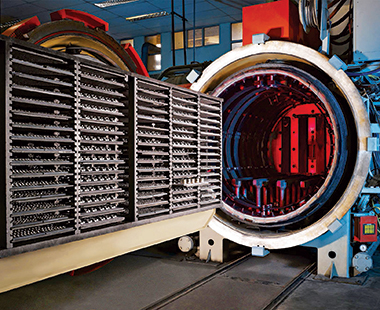 Remaining binders are extracted in this furnace
Remaining binders are extracted in this furnace
The company’s plant in Doddaballapur in Bangalore has precision machining and special process shop for non-destructive testing, heat treatment and chemical processes such as painting, surface cleaning and part marking.
Chivukula views Indian market as a difficult one to predict because the business here is politically driven and without continuity in the policies. “We have to have predictability in policies on tax, investment and foreign exchange policies because we invest for long term,” he stated.
Capacity Expansion
Indo MIM has also earmarked a capex of US $30 million in 2014 to expand its two plants in Bangalore, mainly on the core process and tool room. According to the company it holds the largest installed capacity, however, as part of its strategy it creates additional capacities well ahead of the demand.
Of the current market size for MIM products of around $ one billion the company holds 12 percent. The company has been growing at 30 percent CAGR and it hopes to reach register a turnover of Rs 550 crore in the current fiscal against Rs 377 crore last year. It is confident to reach Rs 2,000 crore in the next five years. In India the company serves most of the vehicle manufacture as well as component manufactures including Tata Motors, Ashok Leyland, Bajaj Auto, INA Schaeffler, EATON, Bosch and Lucas TVS. ACI
Story : Bhargav TS



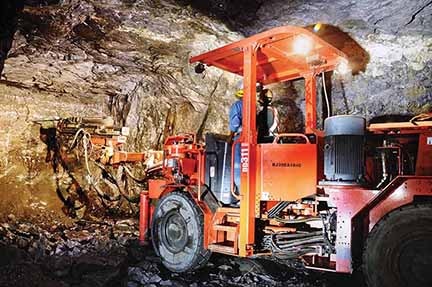


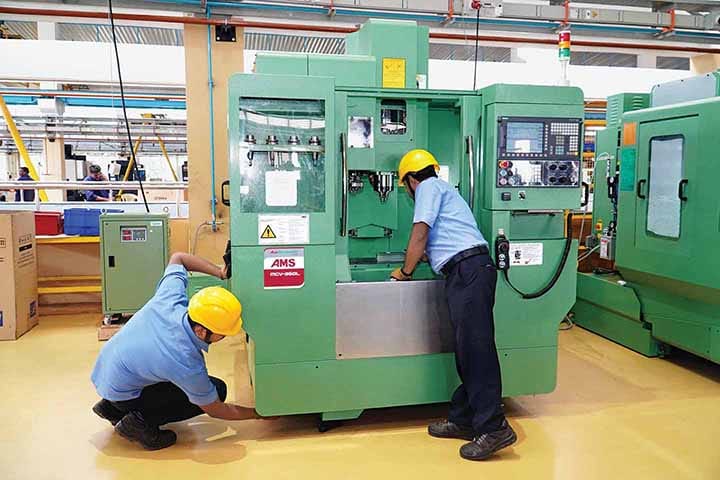




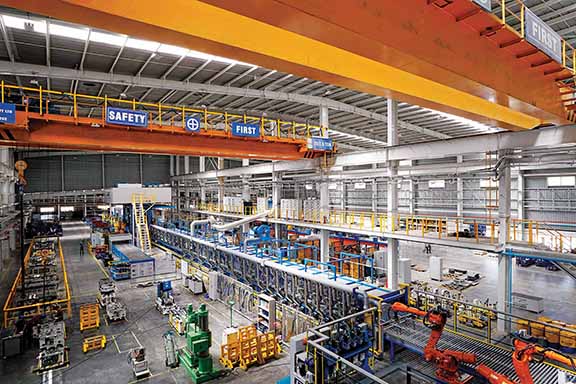

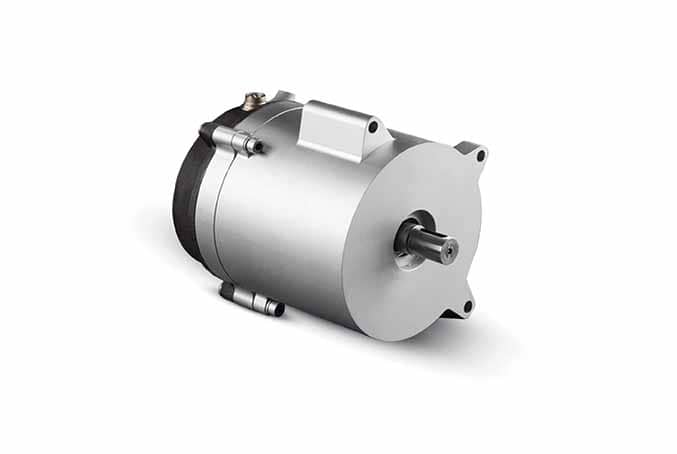


Kali P. Chaudhuri
… [Trackback]
[…] Read More: autocomponentsindia.com/indo-mim-adds-china-to-its-export-list/ […]